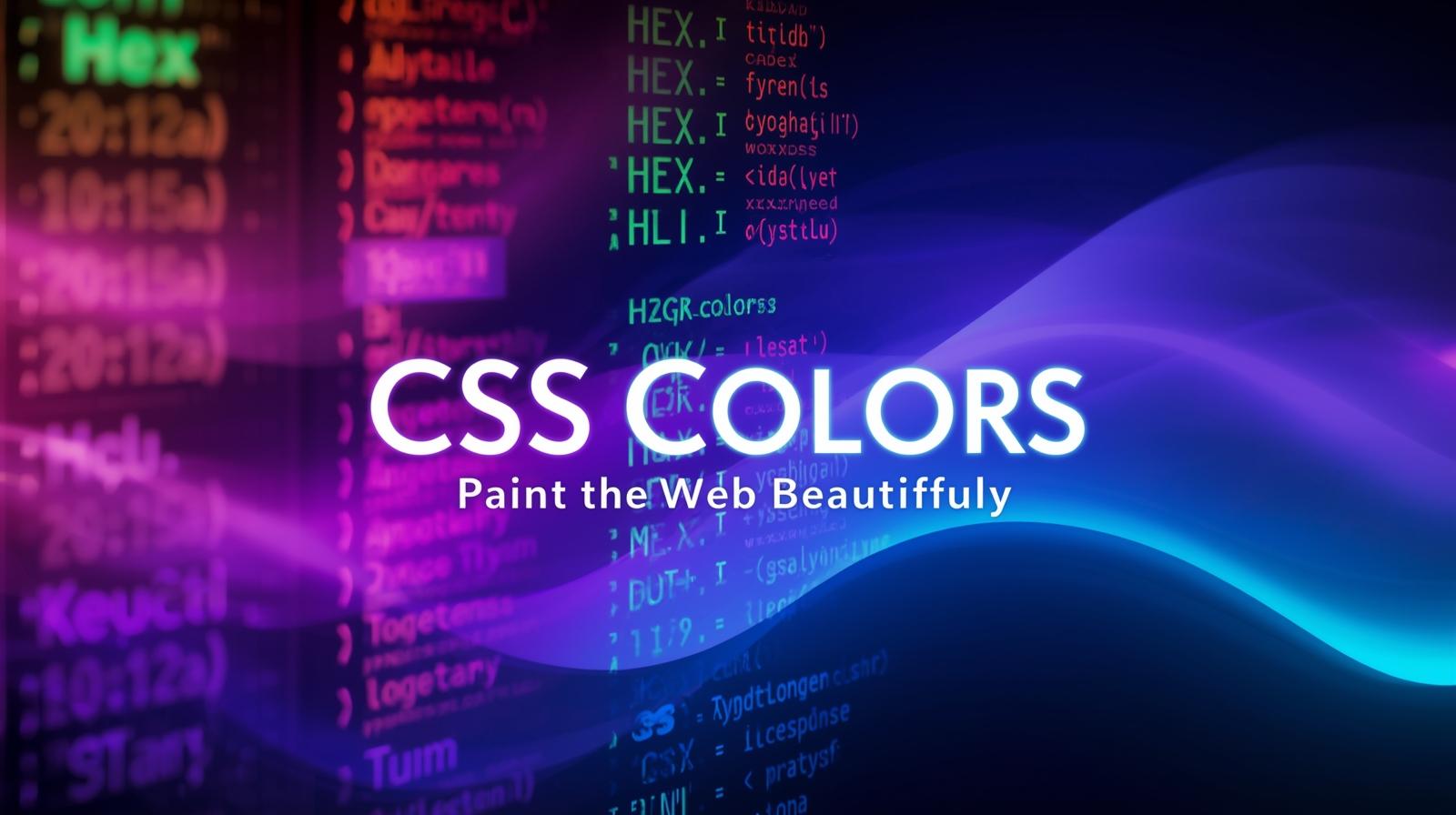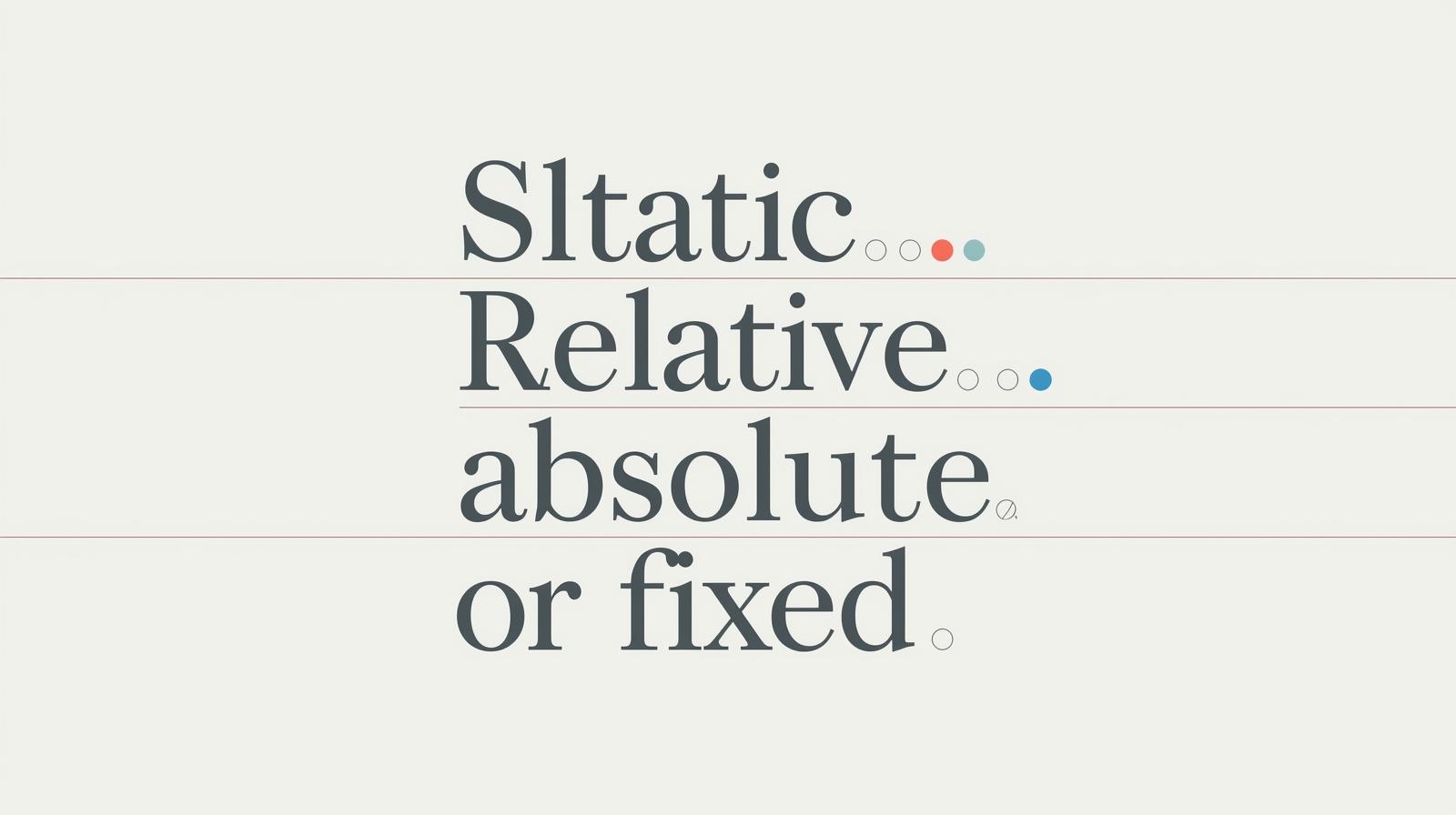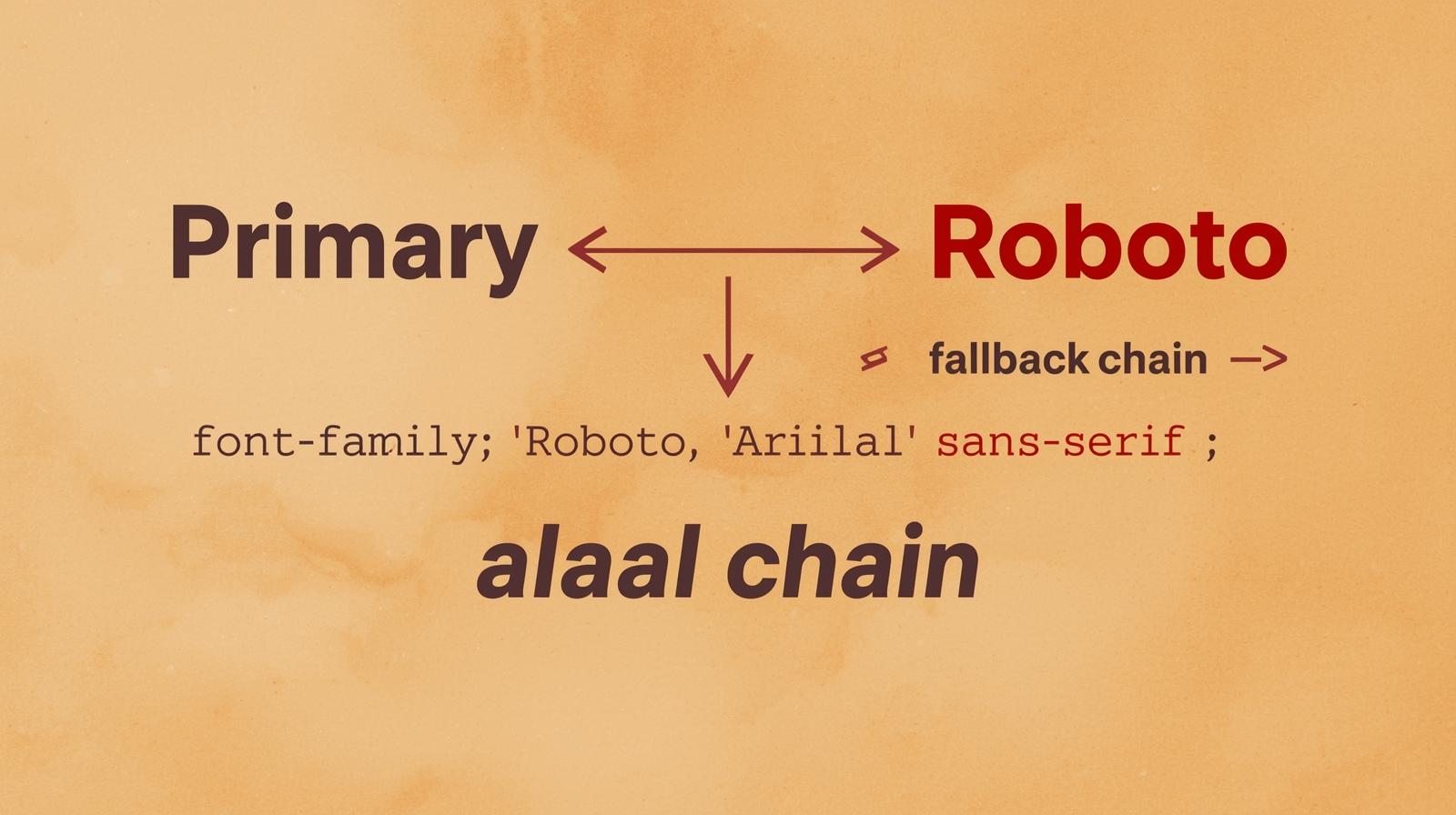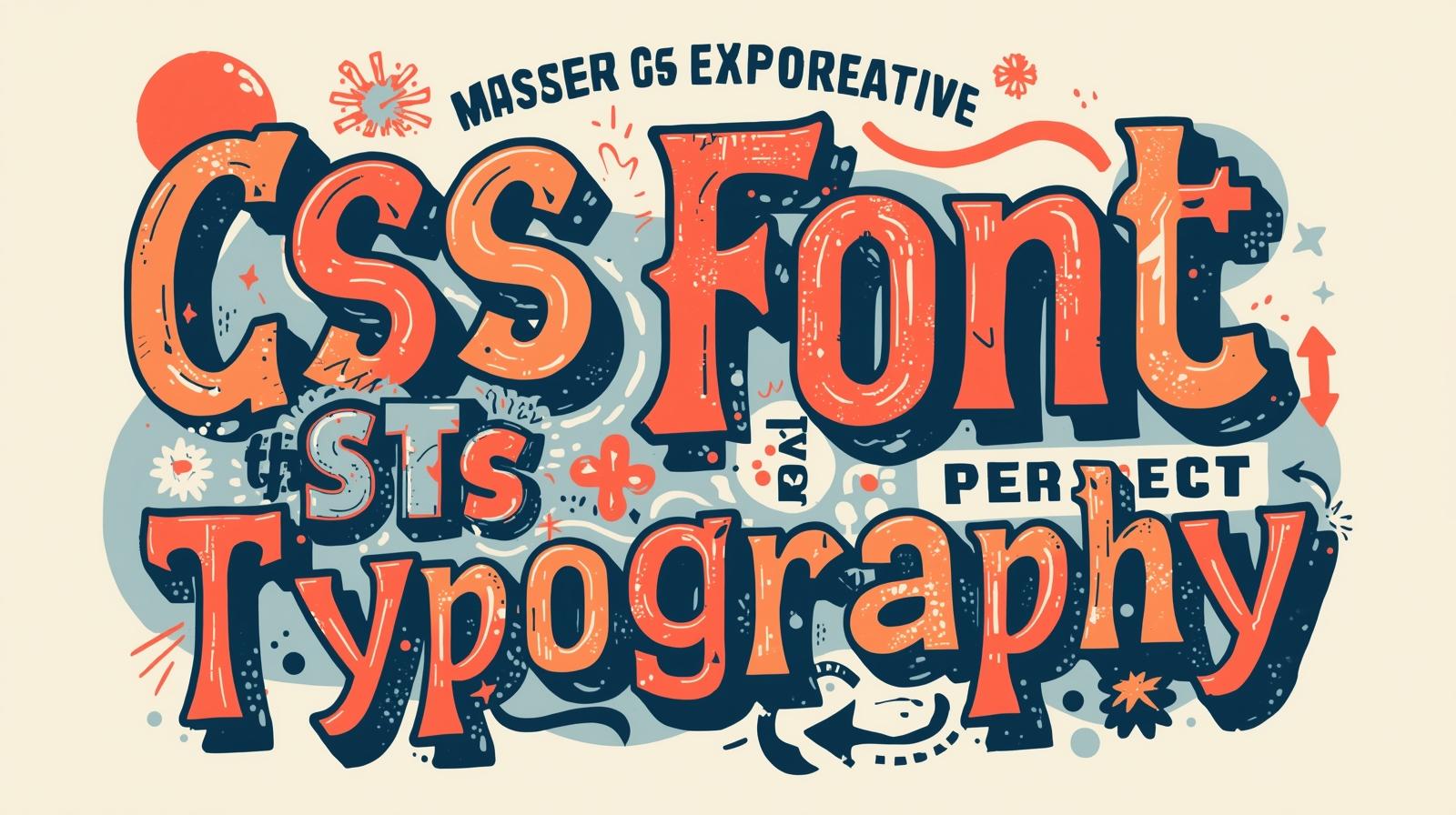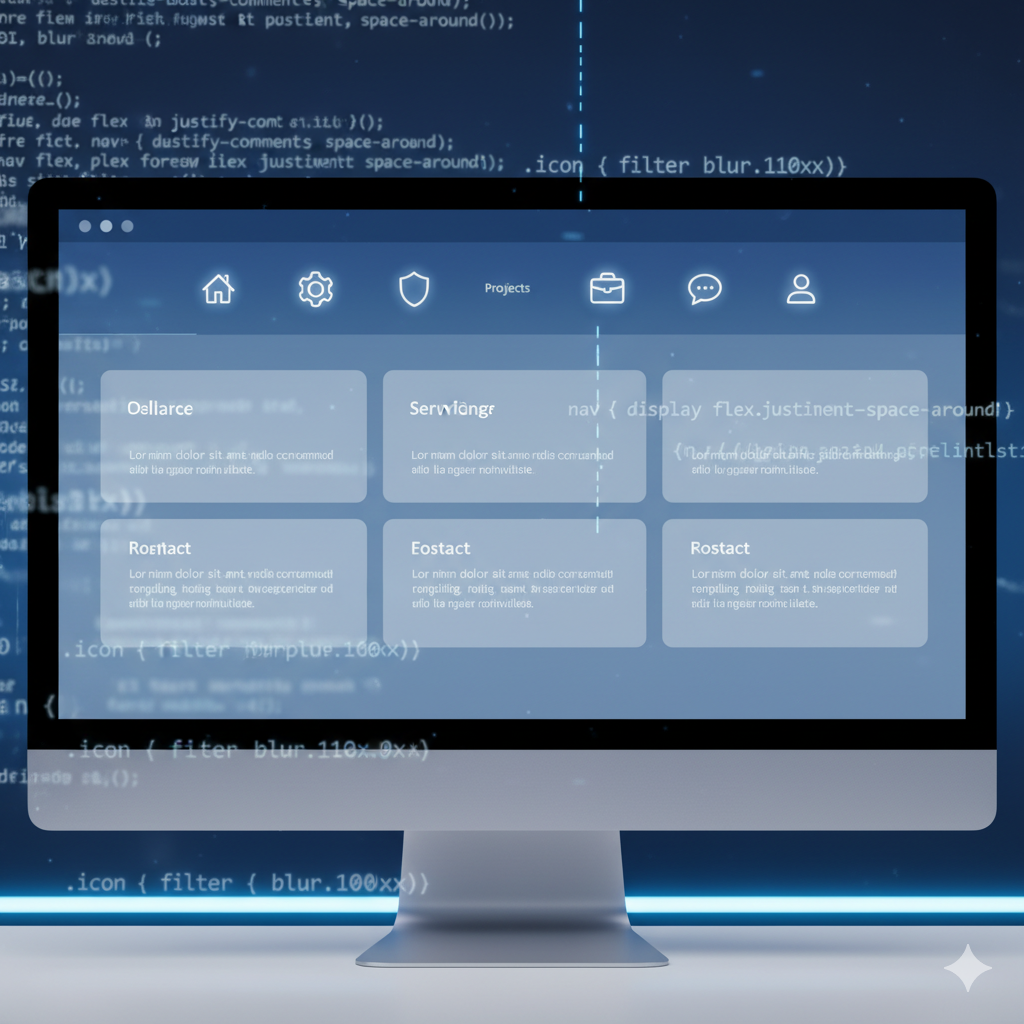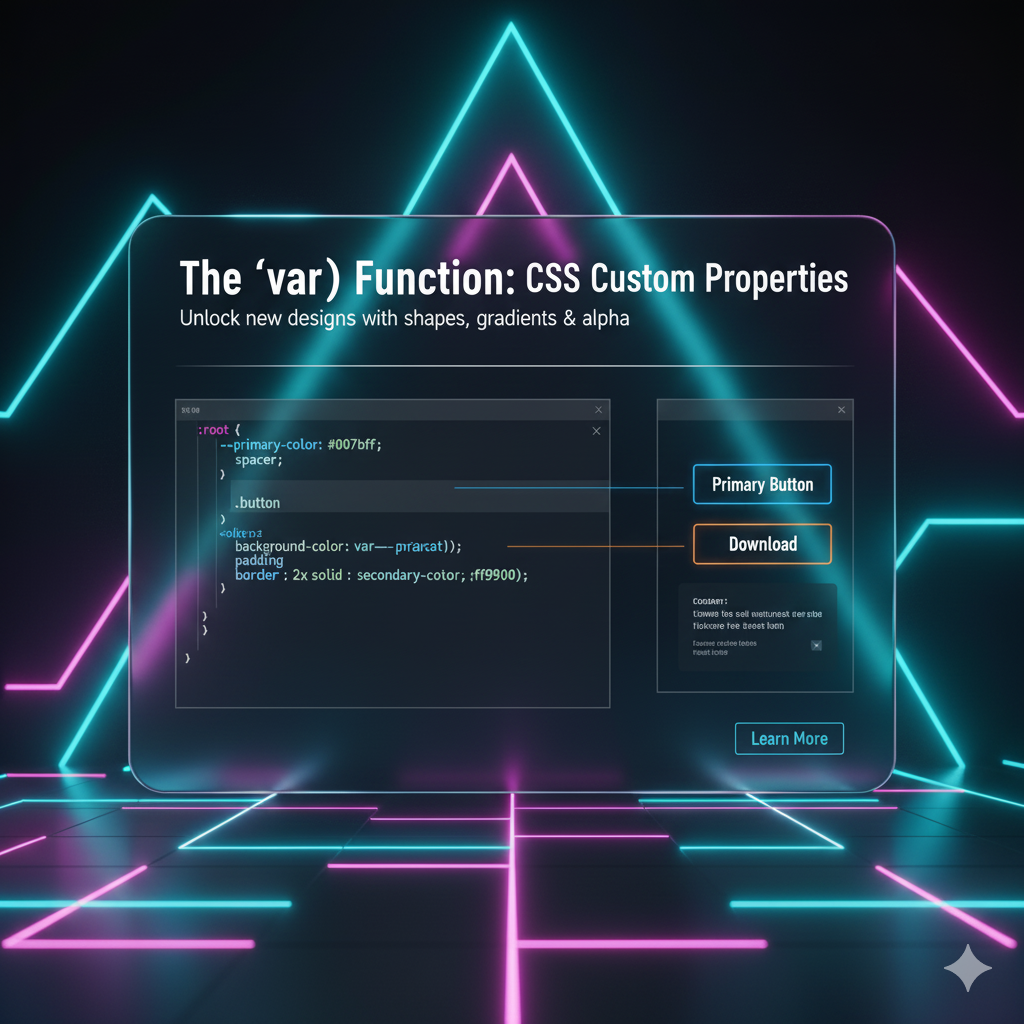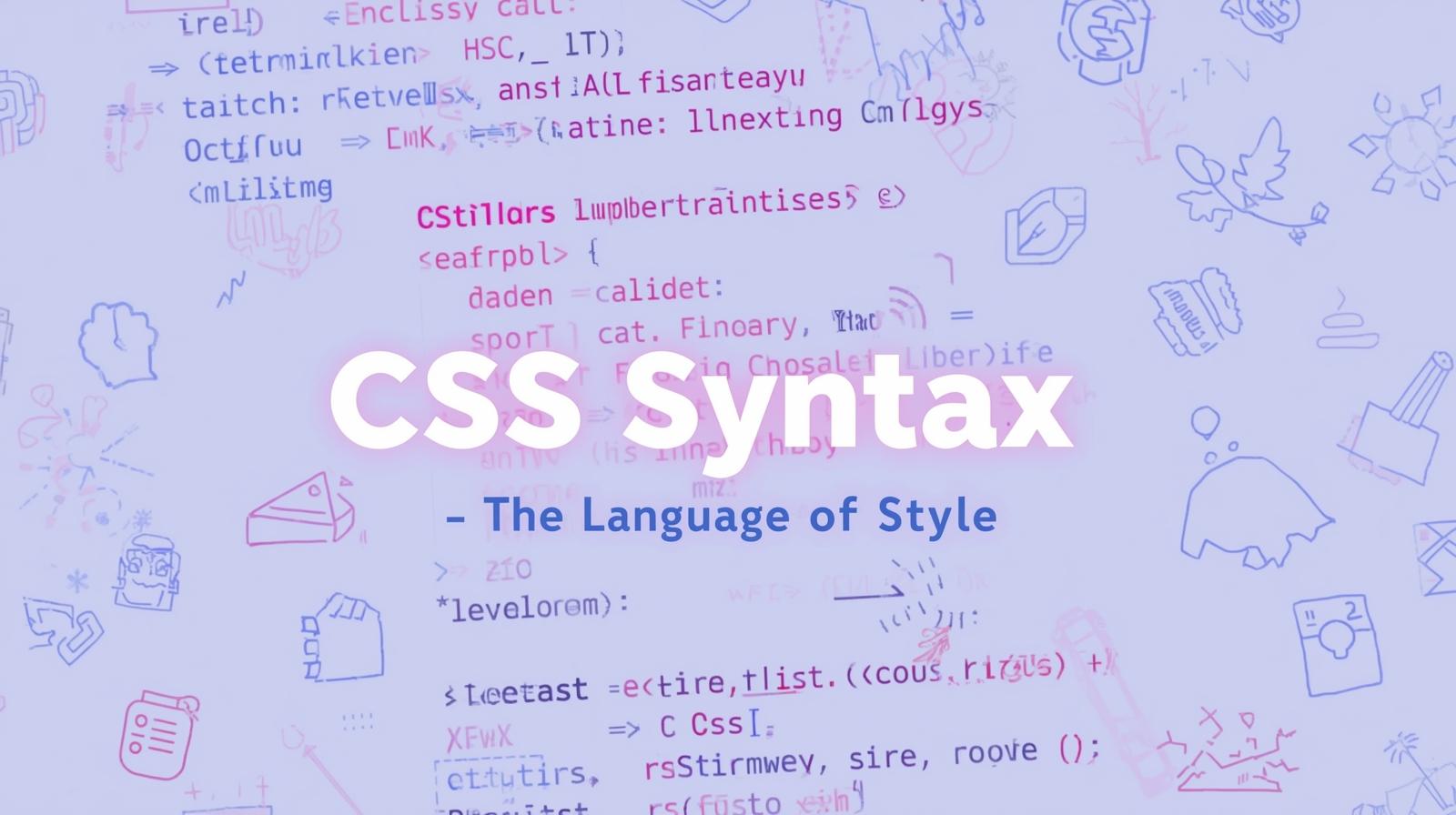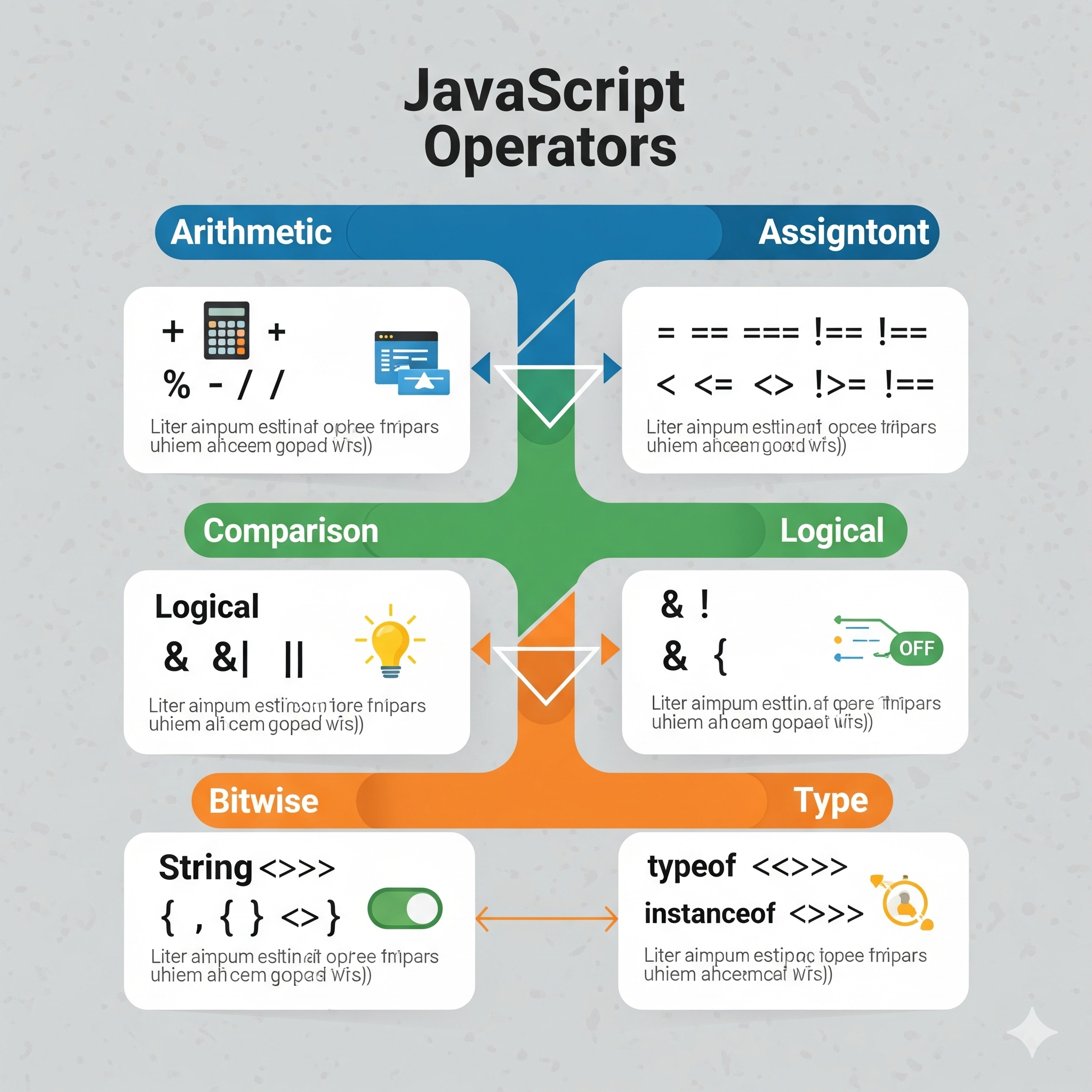Master CSS object-position: Control Your Image & Video Focus Like a Pro

Tired of awkward image crops? Learn how to use CSS object-position with practical examples, real-world use cases, and best practices to take control of your media's focal point. Level up your web dev skills!

Master CSS object-position: Control Your Image & Video Focus Like a Pro
Stop Awkward Crops! How object-position Gives You Pinpoint Control Over Your Images
Alright, let's set the scene. You've spent ages finding the perfect hero image for your website. It's got amazing colors, your subject is looking sharp, and the composition is just chef's kiss. You slap it into your code, style it with width and height, maybe even use object-fit: cover to make it fit nicely... and boom. CSS has brutally decapitated your subject, cropping out the most important part of the photo.
Sound familiar? We've all been there. It's one of the most common, facepalm-inducing moments in front-end dev.
For the longest time, we'd just accept our fate, fire up Photoshop, and create a custom crop. But what if your site is dynamic and users upload their own images? What if you need a responsive design that works with a thousand different assets?
Enter the unsung hero of CSS: object-position.
This tiny property is the ultimate sidekick to object-fit, and together, they give you surgical precision over how your images and videos are framed within their containers. Let's break it down, no fluff.
What Exactly is object-position? The 101.
In the simplest terms, object-position does exactly what it says on the tin: it positions the object (an image or video) inside its content box.
Think of it like the background-position property, but for replaced elements like <img> and <video>.
While object-fit (its bestie) controls how the content resizes to fit the box (cover, contain, etc.), object-position decides which part of the content is visible within that box after the fitting is done.
The Syntax is Super Simple:
css
object-position: <x-axis> <y-axis>;The values can be keywords (left, center, right, top, bottom), percentages, or length units (like px or em). The default is center center, or 50% 50%, which is why your images always get centered by default, often cropping out the good stuff.
How to Use object-position: Let's Get Our Hands Dirty
Enough theory. Let's see this thing in action. We'll start with a common setup: a container and an image that we're forcing to fit with object-fit: cover;.
The Base HTML & CSS:
html
<div class="card">
<img src="portrait.jpg" alt="A person's face">
</div>css
.card {
width: 300px;
height: 200px;
border: 2px solid #ccc;
}
.card img {
width: 100%;
height: 100%;
object-fit: cover; /* This is crucial for object-position to shine */
}Right now, with just cover, the browser centers the image. If it's a portrait, it might chop off the top of the head and the chin.
Now, let's say the focal point of portrait.jpg is the person's eyes. We want to make sure the crop always favors the upper part of the image.
Solution? object-position to the rescue!
css
.card img {
width: 100%;
height: 100%;
object-fit: cover;
object-position: top center; /* Focus on the top! */
}Boom. Just like that, the image is aligned to the top. The browser still uses cover to fill the box, but it's using the top edge as the anchor point instead of the center.
Playing with Values: It's Your Canvas
The power is in the values. Check out what you can do:
object-position: 20% 70%;- Positions the image at 20% from the left and 70% from the top. Great for focusing on a specific off-center detail.object-position: right bottom;- Locks the content to the bottom-right corner.object-position: 0 0;(orleft top) - The top-left corner of the image is pinned to the top-left corner of the box.object-position: 200px 50px;- Offsets the image by 200px from the left and 50px from the top.
Real-World Use Cases: This Isn't Just Theory, Folks
You might be thinking, "Cool, but when would I actually use this?" Let me hit you with some real-life scenarios.
1. User Profile Galleries
You have a grid of user-uploaded profile pictures. People upload images in all shapes and sizes—landscapes, portraits, you name it. Using object-fit: cover with object-position: top center ensures that everyone's face is always visible and centered, preventing accidental "forehead-only" profiles.
2. E-commerce Product Thumbnails
On a product listing page, you have square thumbnails, but your products are of different shapes. A t-shirt is wide, a bottle is tall. object-fit: contain would leave empty space, which looks bad. So you use object-fit: cover. But for the bottle, cover might crop out the cap or the label. Solution? Use a bit of JavaScript to detect the image's aspect ratio and apply object-position: top center for tall images and object-position: center center for wide ones.
3. Hero Sections with Critical Focus
Your hero image has a call-to-action text overlay on the right side. On a desktop, it looks perfect. But on mobile, the cover property might shift the image, and the text ends up over a busy, unreadable part of the background. You can use media queries to adjust the focal point.
css
.hero img {
width: 100%;
height: 400px;
object-fit: cover;
object-position: 70% center; /* Perfect for desktop */
}
@media (max-width: 768px) {
.hero img {
object-position: 30% center; /* Adjust focus for mobile */
height: 300px;
}
}4. Video Previews
You can use object-position on <video> elements too! If you have a video preview where the most important action happens on the left side, set object-position: left center; to ensure that part is always in frame, regardless of the screen size.
Best Practices & Pro Tips
Using object-position is easy, but using it effectively is a skill. Here are some tips:
It's Useless Without
object-fit: Remember,object-positiononly works if theobject-fitproperty is causing the image to be cropped (i.e., with values likecoverornone). If you're usingobject-fit: fillorcontain, the entire image is always visible, so positioning it is less critical.Accessibility Matters:
object-positionis purely presentational. It doesn't change the actual image file or itsalttext. If you're cropping an image so severely that it changes the meaning, youraltattribute must still accurately describe the content. Don't let the styling misrepresent the information.Combine with
background-positionfor Fallbacks: While support forobject-positionis excellent in modern browsers (over 95% globally), if you're paranoid about support, you could use abackground-imageas a fallback for a similar effect, though it's less semantic for content images.Use with CSS Grid and Flexbox: These layout methods often involve containers with fixed aspect ratios.
object-fitandobject-positionare your best friends for managing the content inside these containers cleanly.
Mastering these subtle CSS properties is what separates hobbyists from pros. If you're looking to build a rock-solid foundation in modern web development, to learn professional software development courses such as Python Programming, Full Stack Development, and MERN Stack, visit and enroll today at codercrafter.in. We dive deep into these essential front-end techniques.
FAQs: Your Questions, Answered
Q: What's the difference between object-position and background-position?
A: background-position is for, well, background images set via CSS. object-position is for actual HTML content: <img> and <video> elements. It brings the powerful positioning of background images to content images.
Q: Can I animate object-position?
A: Yes, you can! Since it accepts numerical values, you can transition or animate it with CSS to create a "ken burns" panning effect on an image. It's pretty slick.
css
.animated-image {
object-fit: cover;
object-position: 0% 50%;
transition: object-position 2s ease-in-out;
}
.animated-image:hover {
object-position: 100% 50%;
}Q: Does object-position work with SVG?
A: It works with <img> tags that link to an SVG file, but it does not work on inline SVG elements or their internal elements.
Q: What happens if I use a value outside the box, like object-position: 150% 150%;?
A: The browser is smart. It will clamp the values. A value of 150% is treated as 100%. So, 150% 150% is the same as bottom right.
Conclusion: Stop Fighting, Start Positioning
The object-position property is a classic example of a small, focused CSS tool that solves a massive, everyday pain point. It gives you, the developer, the control you deserve over your visual content. No more hacking with negative margins, extra wrapper divs, or begging the design team for a million different image crops.
It’s clean, it’s semantic, and it just works.
So next time you set object-fit: cover, take two seconds to ask yourself: "What's the most important part of this image?" Then, let object-position do the rest. Your designs (and your users) will thank you for it.
Liked this deep dive? There's a whole world of modern web development techniques to master. If you're ready to transform from a beginner to a job-ready developer, check out the comprehensive, project-based courses at codercrafter.in. We cover everything from the fundamentals of Python to the advanced intricacies of the MERN Stack.
